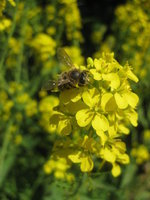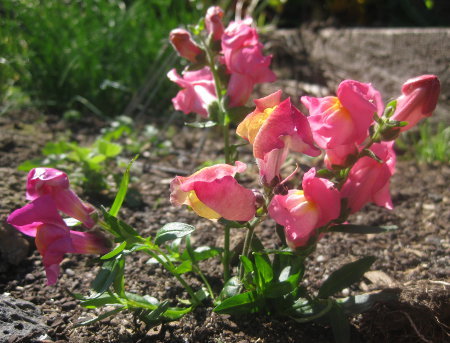G’day everyone, my name is Rowan, and I’ll be sharing some gardening tips, advice and other useful information with you from time to time. I have a little market garden and nursery based in Southern Victoria where I grow all sorts of unusual and rare vegetables and flowers. I have been gardening for so many years - more than I am willing to divulge here, and I have had a lifelong passion for gardening and growing food.

Well, spring is well and truly upon us, the days are starting to warm up, the trees and flowers are starting to wake up and put out new buds.... Spring is probably the most exciting time for us gardeners; there is simply so much choice and it’s just great getting back the garden after a cold winter.
If you’re anything like me you’ve probably already made a start in your garden, but if you haven’t now would be the perfect time to begin. Here is my recommendation of what you should do and get into the ground ASAP:
Fertilising - With the weather warming up, now is the time to start feeding any plants that are starting to get into their growth phase, by that I mean any trees and shrubs that are putting on a lot of new growth right now. A good dose of old manure and maybe a bit of foliar tonic like Seasol will do just fine.

Flowers to sow or get in now - Snapdragons, pansies, petunias, zinnia, marigolds, alyssum or asters.
Herbs and vegetables:
- Tomatoes - one of the most popular vegetables for home gardeners. If you are not likely to get many frosts from now on, it is time to start your seeds now. Maybe you will even get some ripe by Christmas.
- Radish - Radish’s are a quick vegetable to plant in early spring, they are crisp, sweet and refreshing and best of all they are among the easiest and quickest of all veggies to grow. Depending on variety you might be making your first harvest after only 5 weeks!
- Peppers and capsicums - more favourites. Plant seeds now to get them strong by the time summer gets here.
- Asian Cabbage - now is the time to sow seeds for Asian vegetables like Wong bok and Pak choi to get them harvested before the heat of summer. These are fast growing and very useful vegetables that have a mild cabbage-like taste.
- Carrots - Sow now to get good roots for salads when summer gets here. Easy to grow (but don’t sow the seeds too deeply) and very nutritious.
- Arugula (Rocket) - this spicy, mustardy leaf vegetable is popular raw in salads or sandwiches or, for a milder flavour, added to stir-fries and other cooked dishes. Rocket is very easy to grow.





